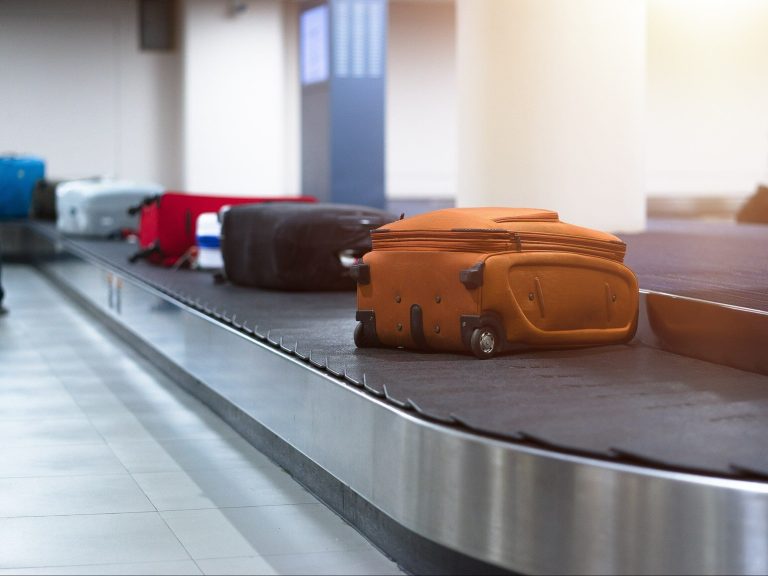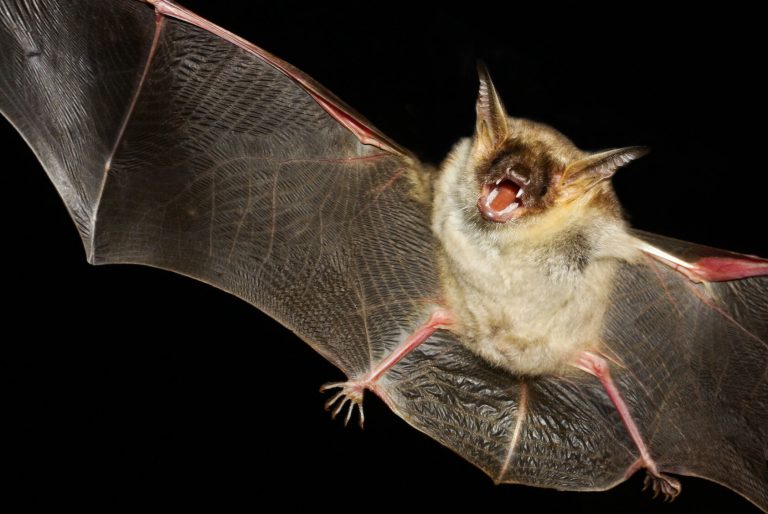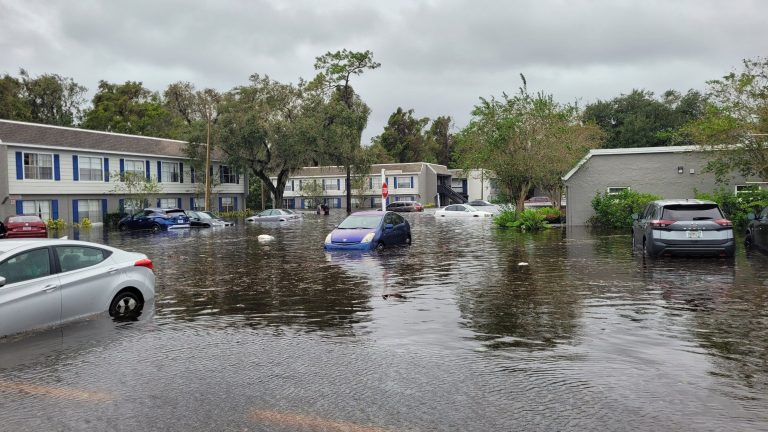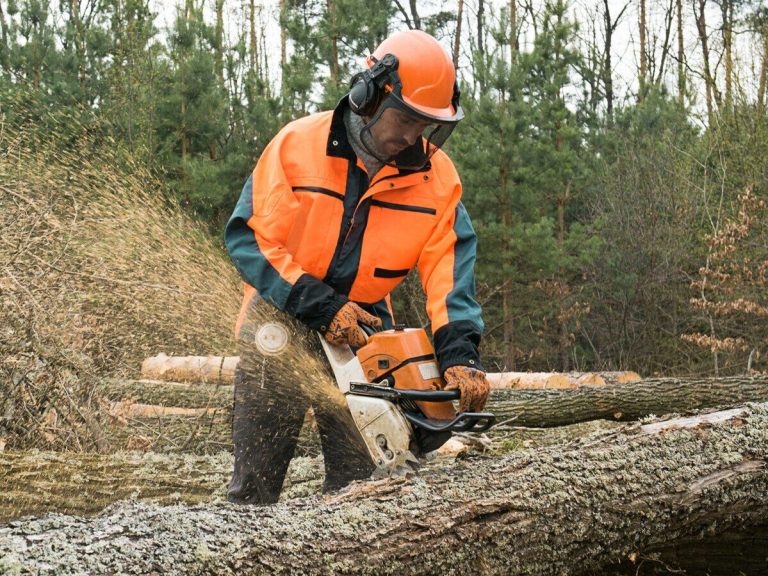How many PET bottles are recycled? It’s hard to believe

In 2016, four hundred and eighty billion water bottles were produced. Less than half was collected and recycled. Only 7 percent was converted into recyclate, which was used to produce further bottles. It’s a pity, because PET is a material that is very easy to recycle – writes Stanisław Łubieński in “The Book about Garbage”.
We publish fragments of “The Book about Garbage” by Stanisław Łubieński thanks to the courtesy of Agora publishing house.
Half-liter PET Coca-Cola bottle. It has been lying on the track near Filtry for several months. I passed it on my bike in spring and summer. In the fall it seemed to disappear, I thought someone had cleaned it up, but no, it just moved a few meters. It is becoming more and more difficult to spot it as the label fades and the bottle becomes covered with street dust, rust from the rails and slowly blends into the surroundings. I don’t think anyone will take her away from here, after all, no one wanders around here. I thought it was a good, safe training ground, a place where trash is kept in view and won’t harm anyone.
In 2016, four hundred and eighty billion water bottles were produced
A PET bottle is one of the most common pieces of garbage in our environment. Just take a walk along the side of any road or even look into some random bushes. It is as easy to throw away as it is to buy. This will certainly not change until an easily accessible deposit system is introduced.
The bottle is everywhere and fits perfectly into the promoted active, metropolitan lifestyle. After all, a young, active person doesn’t come to a café for coffee, he drinks it from a disposable cup while running to the bus. Likewise with a light, handy plastic water bottle.
We keep hearing that water is the key to health, well-being and, who knows, maybe also to success. As Western lifestyles become more widespread in Asia (especially China), the consumption of water in plastic bottles will increase. It is now estimated that twenty thousand of them are bought around the world every second. Every second. In 2016, four hundred and eighty billion water bottles were produced. Less than half was collected and recycled. Only 7 percent was converted into recyclate, which was used to produce further bottles. It’s a pity, because PET is a material that is very easy to recycle, and in Poland it can be processed without loss of quality in SSP towers, i.e. solid state polymerization.
Poly(ethylene terephthalate) is kind of wonderful
Poly(ethylene terephthalate) has been used en masse for almost half a century, the first PET Coca-Cola bottles rolled off the line in 1978. It has especially many applications in the packaging industry – apart from bottles, it is also used to make trays for storing meat.
Objectively speaking, polyethylene terephthalate is kind of great. Light, durable, provides a tight barrier to external conditions and can be transparent. Not every plastic can do this. There are many scientific articles comparing the impact of bottles made of glass and PET on the environment and human health. The LCA (Life Cycle Assessment) study examines energy, water and material consumption, examines the carbon footprint, soil acidification, eutrophication, and the impact on the ozone layer caused by the production process. There may be more factors. Depending on the methodology adopted, plastic or glass wins.
Plastic is light and its transport generates much lower carbon dioxide emissions. It is also more resistant to damage. Efficient recycling of PET is also possible, although not as common as in the case of container glass. The real problem is the inefficiency of the current system, the huge production that cannot be balanced in any way by recycling. Few companies want to use recyclate voluntarily (such as the Dutch Barle-Duc), so certain rules need to be imposed by regulations.
In European Union countries, by 2025, all PET bottles are to be made of at least 25 percent recyclate. What bottle will I choose if I forget the reusable one? Szklana. Especially if the water is not coming from the other end of Europe. I really liked Vichy Catalan water, but in Warsaw I can live without it.
* title and subheadings come from the editorial office of Wprost.pl






